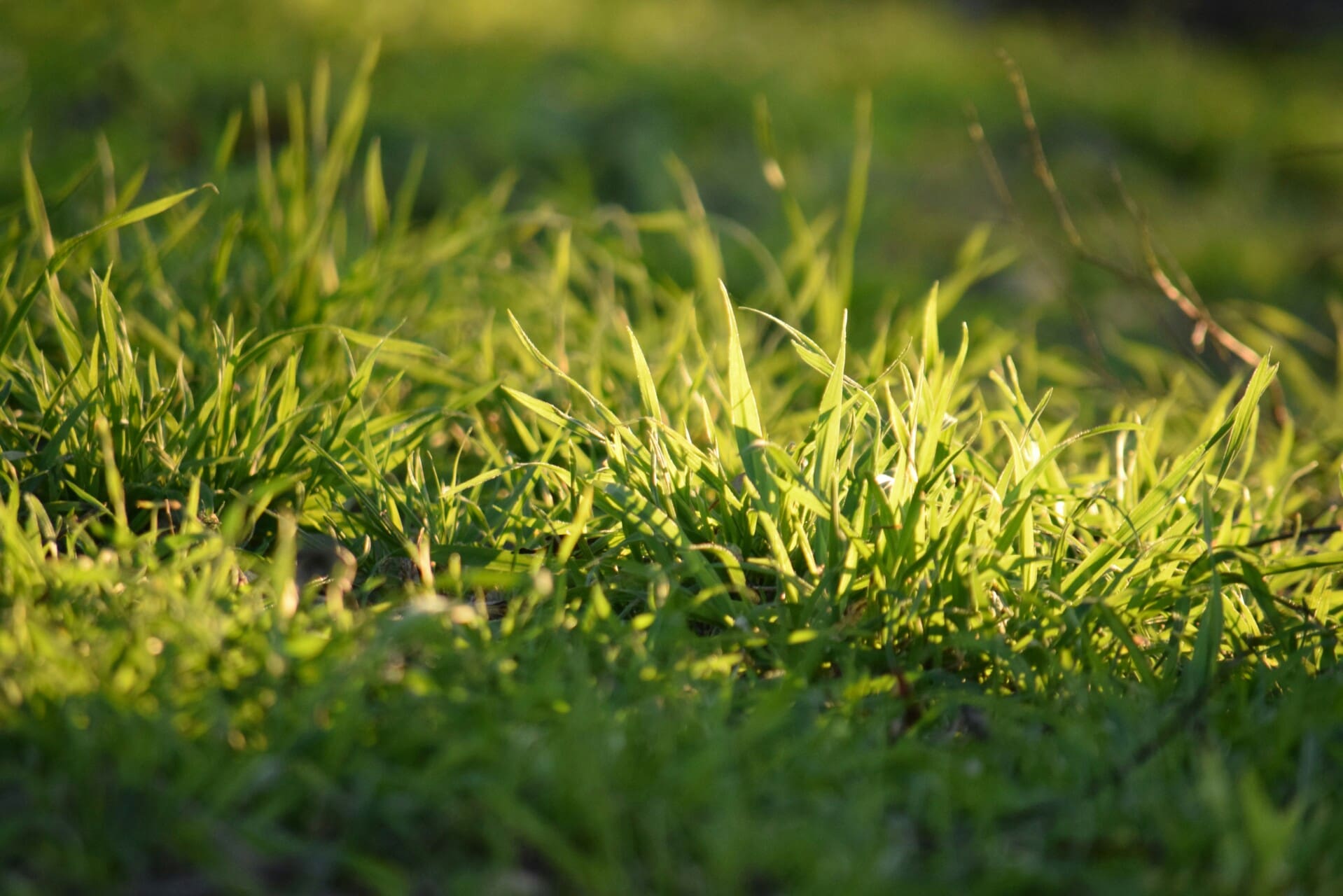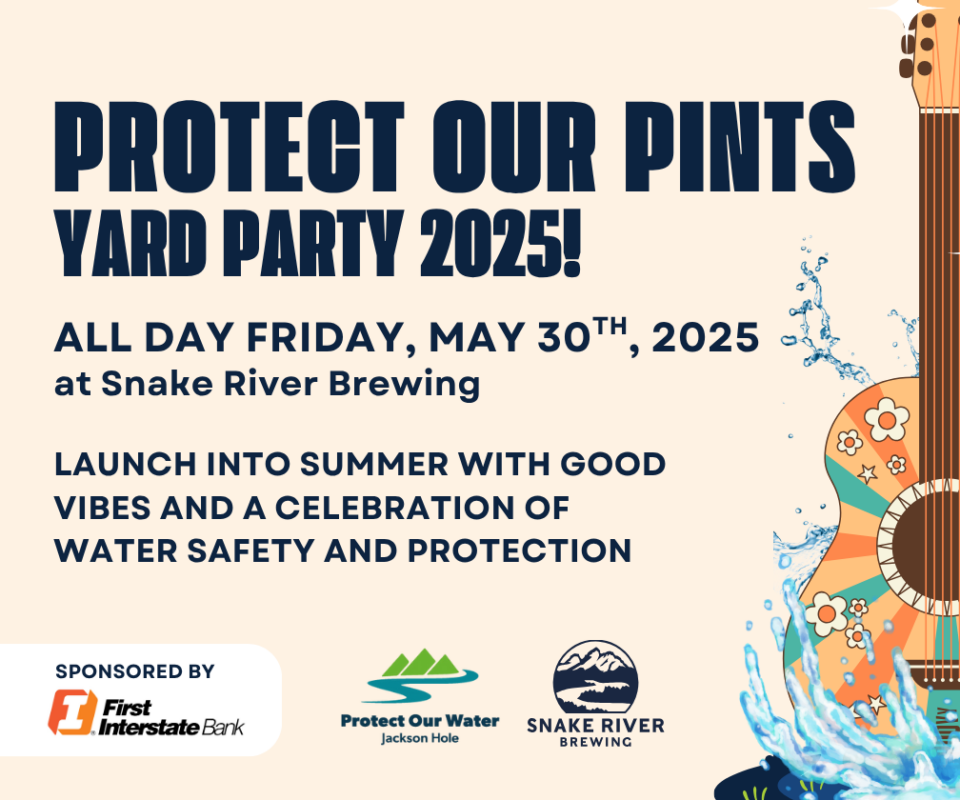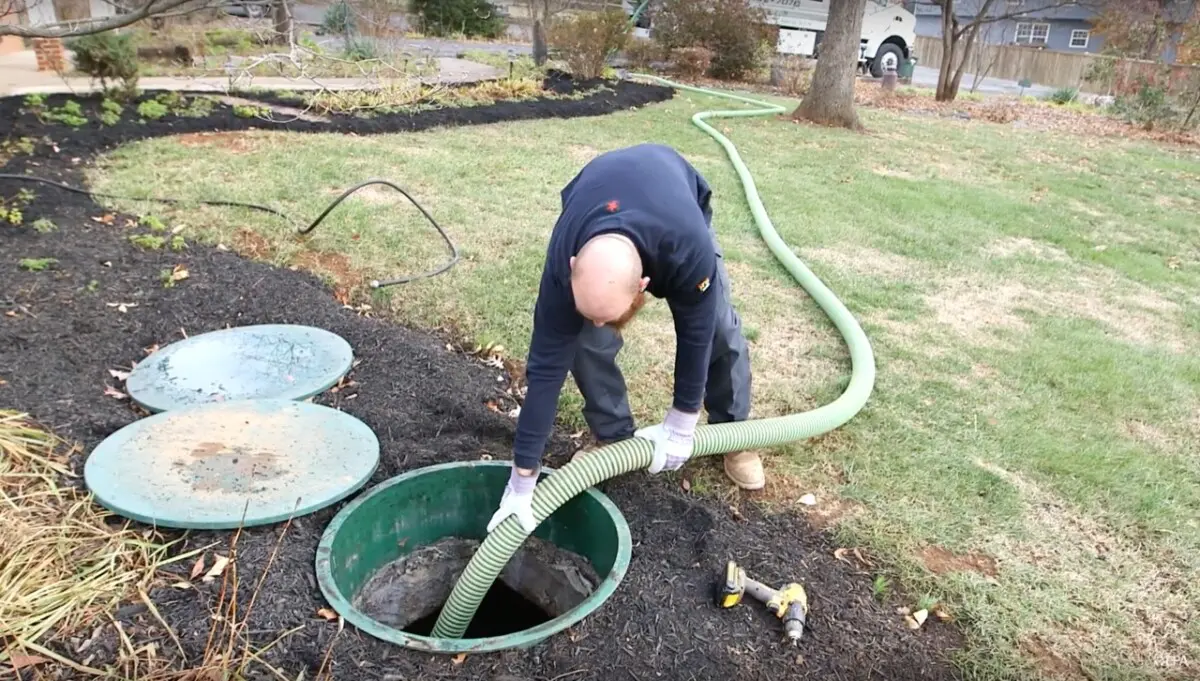Regular septic system maintenance will save homeowner money and protect their property value by preventing costly repairs. Regular maintenance not only protects you and your neighbor’s health, it protects our streams and rivers from excessive nutrients.
Protect It & Inspect It!
Inspect and Pump Frequently: The average household septic system should be inspected regularly by a septic service professional to determine if it is operating correctly and if it needs to be pumped.
Learn more about why and when to pump your tank.
Do you need to replace your septic system?
Nutrients (especially nitrogen and phosphorus) from inadequate septic systems play a major role in causing excessive weed and algae growth in ponds and streams and can contribute to elevated nitrate levels in drinking water well supplies.
- Participate in community sewer treatment plant, if available.
- Replace or upgrade your septic system. Although this alternative is costly, sometimes it is the only alternative – especially when your system is undersized because of conversion from a seasonal residence to year-round use, and/or increasing the number of residents than the original system was designed for.
- If you’re building a new home inquire to find out if you can connect to a sewer treatment plant. If this is not an option, install an “alternative” or “advanced” treatment system.
Do Not Overload Your Commode!



